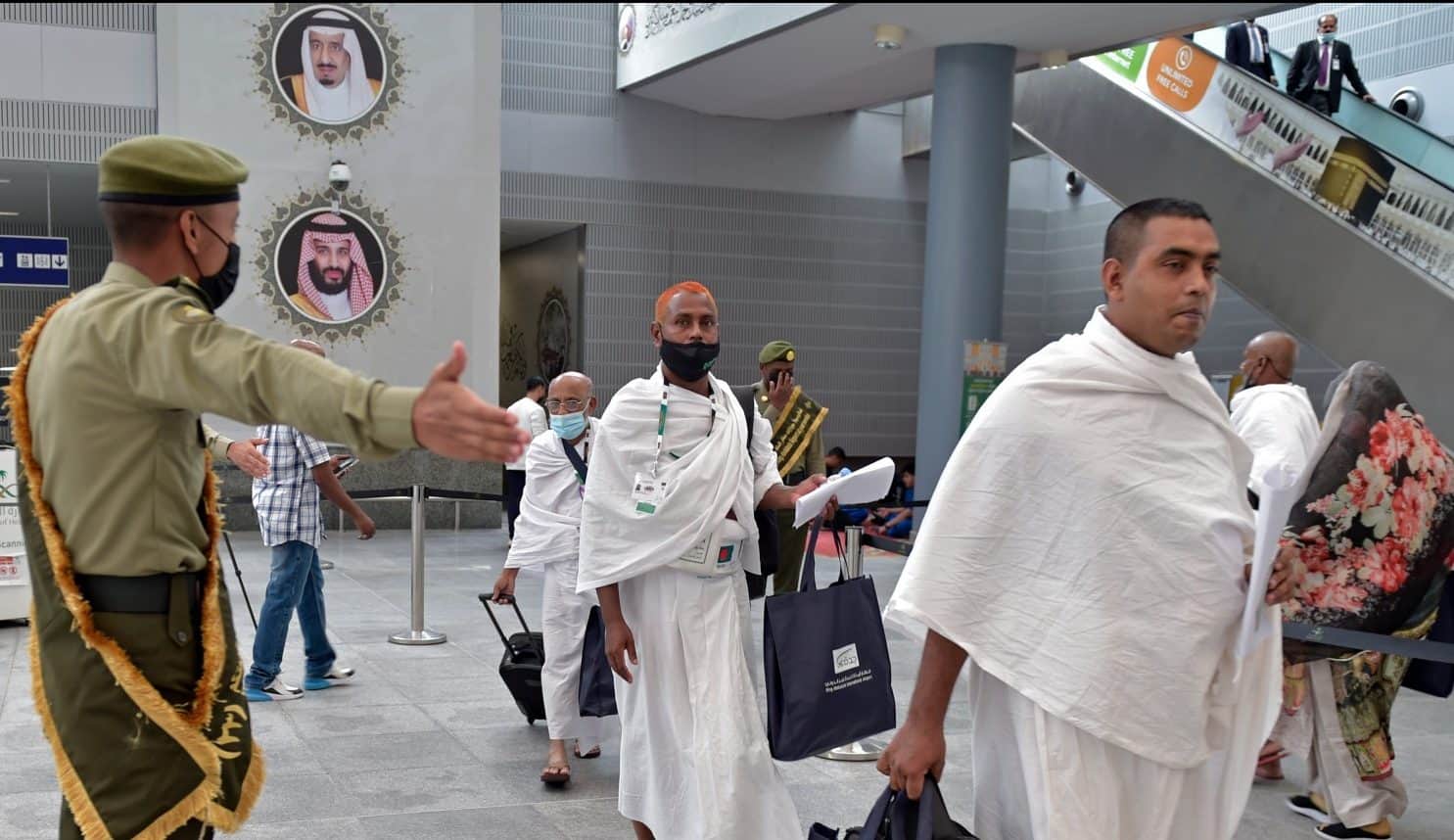Two years after Saudi Arabia ceased welcoming pilgrims and confined the season to a certain amount from within the country, the kingdom announced that they have resumed welcoming pilgrims from all over the world this year.
With the kingdom removing restrictions and improving its epidemiological situation, the Saudi Ministry of Haj decided to increase the number of pilgrims from within and outside the country to one million this year, according to the quotas assigned to each country and considering health recommendations.
In contrast to the approximately 2.5 million pilgrims who traveled worldwide in 2019, only 60,000 pilgrims from inside the country participated in the previous Haj season in 2021. This was after an exceptional season in 2020, where only about 10,000 pilgrims from inside the country participated. As a result, the Saudi treasury lost billions of dollars between 2020 and 2021.
A major revenue source
The Haj season boosts Saudi Arabia’s political and religious prestige while contributing to the country’s annual revenue of around $8 billion. Moreover, it is a significant economic tributary for Saudi Arabia since it diversifies the country’s economy’s funding streams away from oil.
With the return of international pilgrims to the kingdom, significant revenues are anticipated, stores will reopen, and profits will be earned in the transportation and catering industries, most notably the meat trade, restaurants, and other fields that generate considerable cash for the kingdom.
Furthermore, this season will provide thousands of jobs for Saudis and foreigners in the service sector, including guiding pilgrims, guarding camps, driving cars, and cleaning labor, as well as the transportation, hospitality, food, trade, and marketing sectors.
With the return of international pilgrims to the kingdom, significant revenues are anticipated, stores will reopen, and profits will be earned in the transportation and catering industries, most notably the meat trade, restaurants, and other fields that generate considerable cash for the kingdom.
It is worth noting that the recent suspension of Umrah and the decrease in Haj have cost the country roughly $12 billion yearly. Therefore, resuming the Haj this year will assist the Saudi budget cover the $13.8 billion gap in the budget for 2022.
By 2030, the kingdom aims to raise pilgrim capacity to 30 million. The Haj and Umrah season is predicted to bring in more than $150 billion in revenue for Saudi Arabia over the following five years and create more than 100,000 new jobs.
Recent projects and features
In the recent past, Saudi Arabia launched several projects to serve pilgrims, the most prominent of which was the Al-Haramain train, an electric railway project that connects Makkah in Jeddah Governorate and King Abdullah Economic City till it ends in Madinah. This train reduces the pilgrims’ journey from seven hours to two hours.
Furthermore, the Saudi government launched two new initiatives, the “Smart Haj Platform” and “Services Monitoring,” to improve housing services by providing more space for pilgrims and organizing frequency transmission paths, in addition to the “Tafweej” program dedicated to crowd management through an electronic system for planning and monitoring groupings.
Other projects include the “Project to Increase Absorption Capacity,” in which camps with all services were built, as well as the “Development of Subsistence Services” initiative, which was launched to expand the provision of pre-cooked meals in holy sites, and the voluntary “Be Helping” initiative, which was launched to contribute to volunteer work and open the door for all members of society to serve Haj pilgrims.








